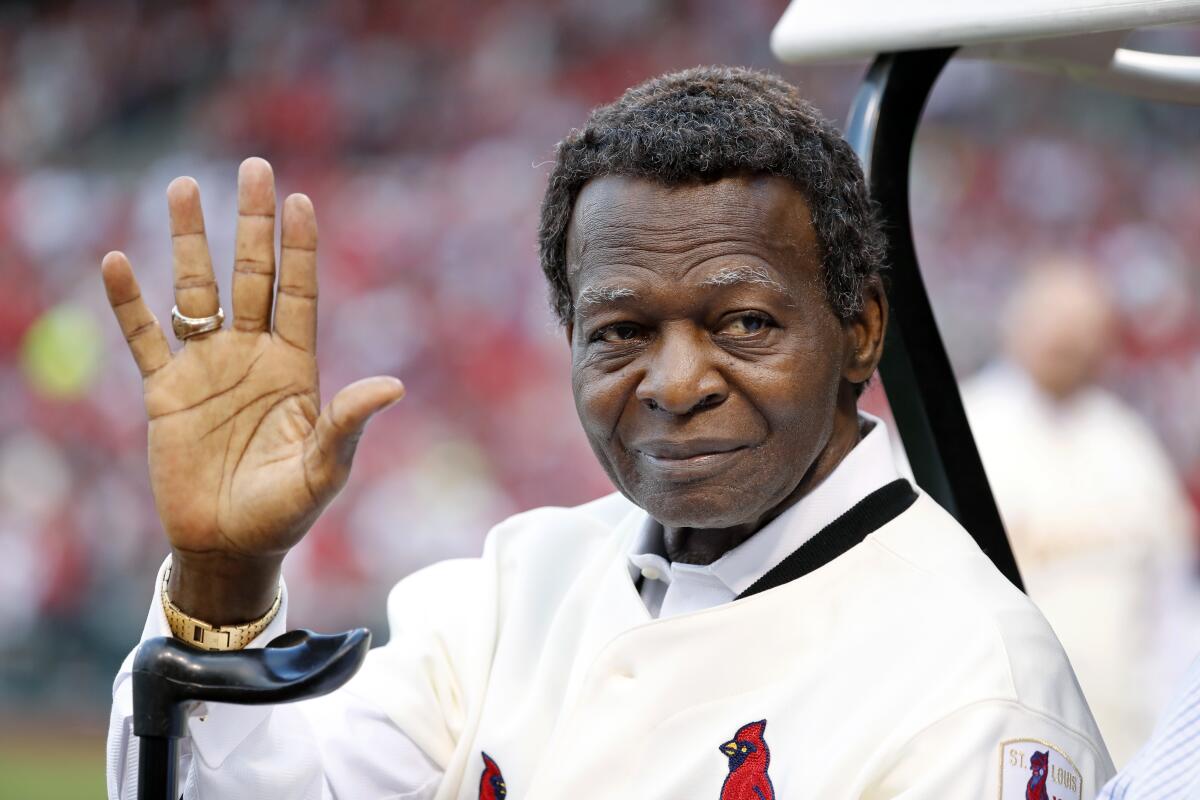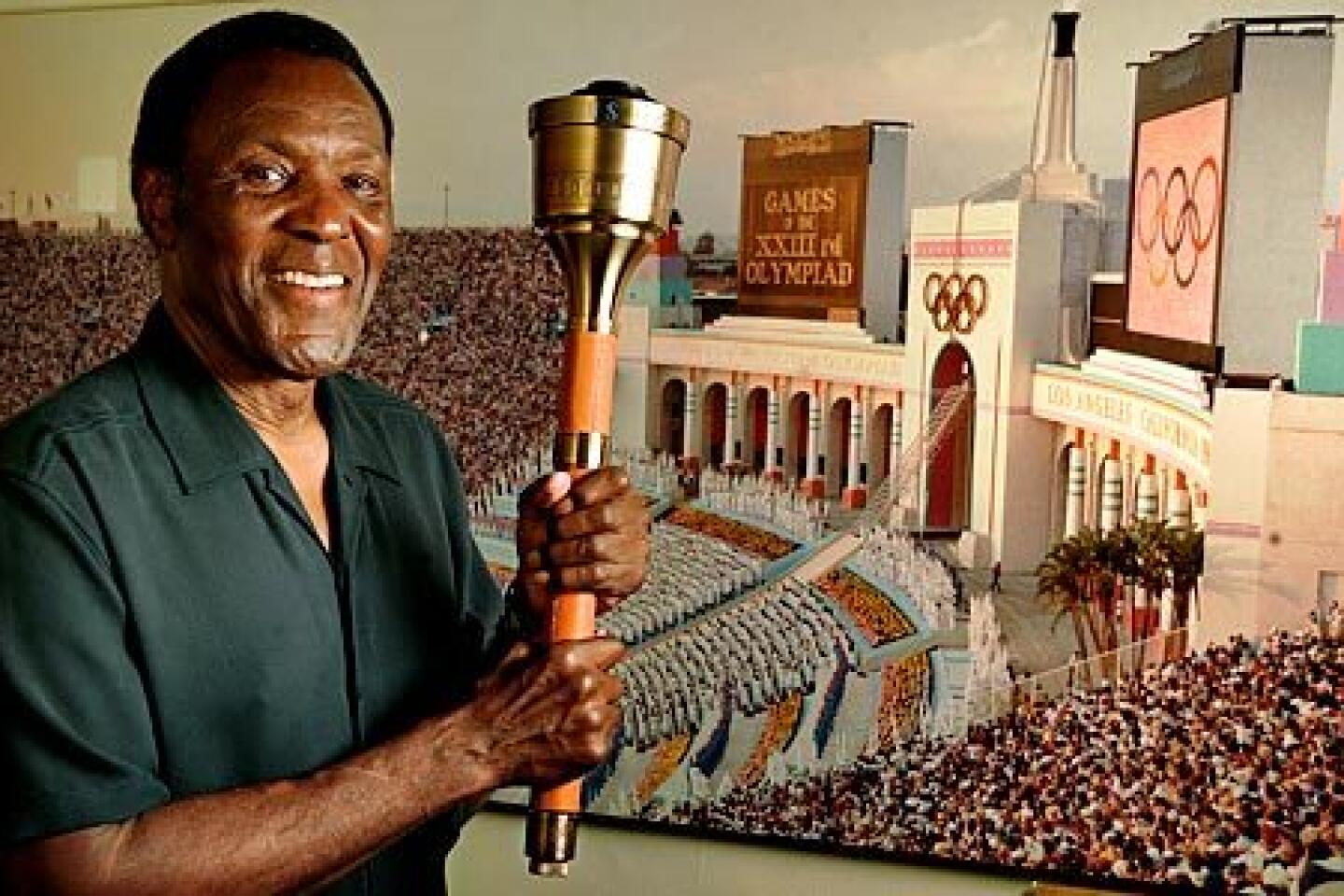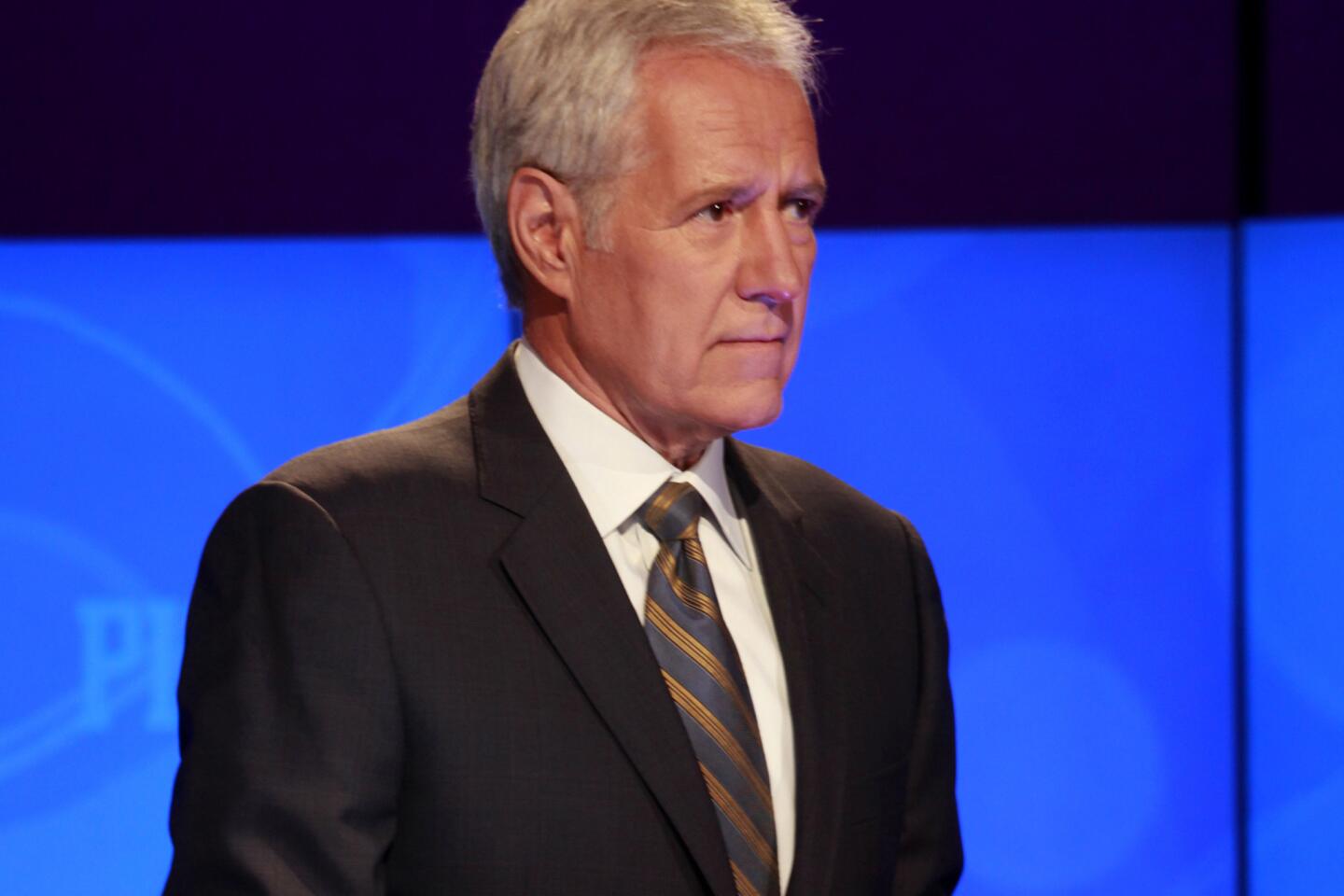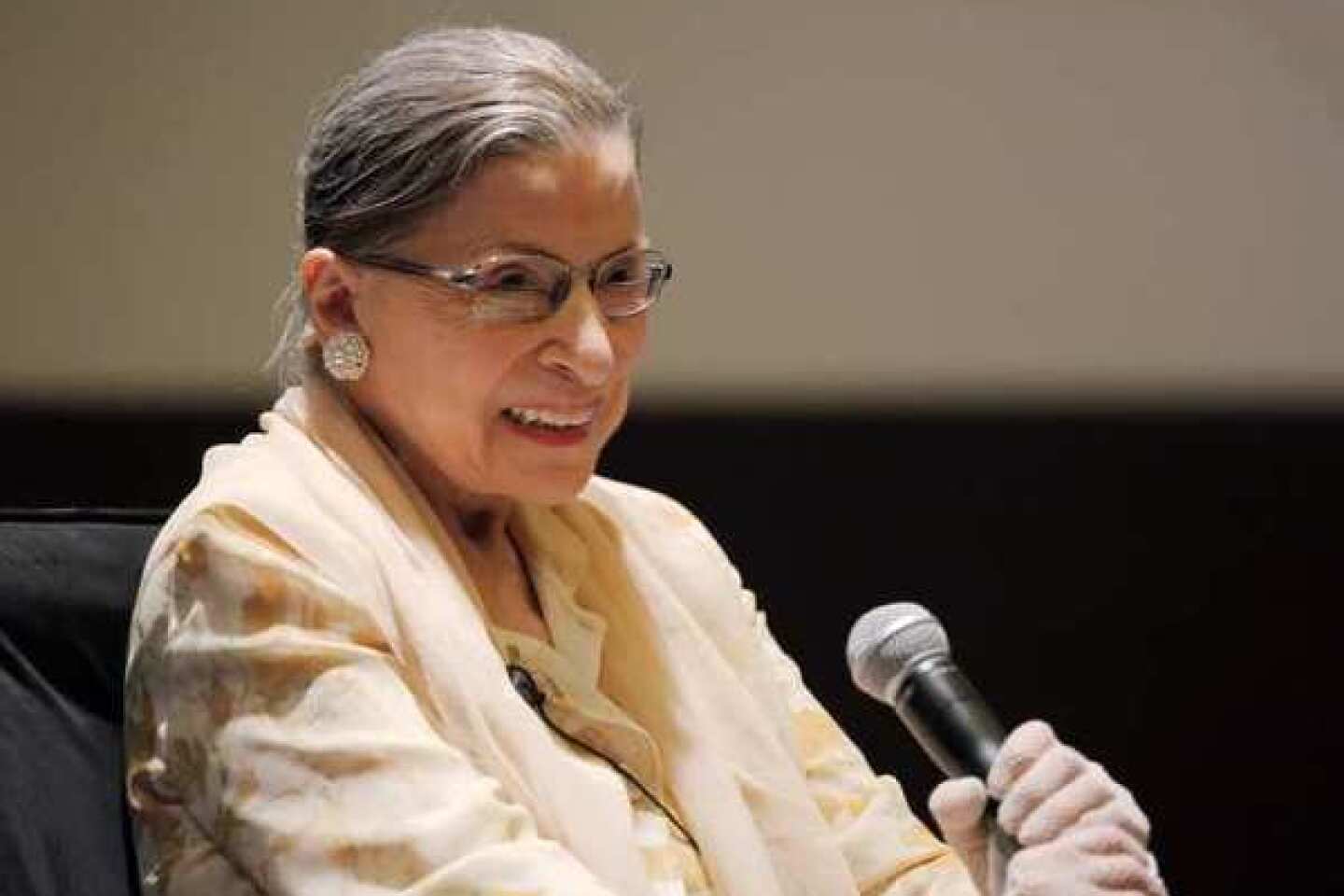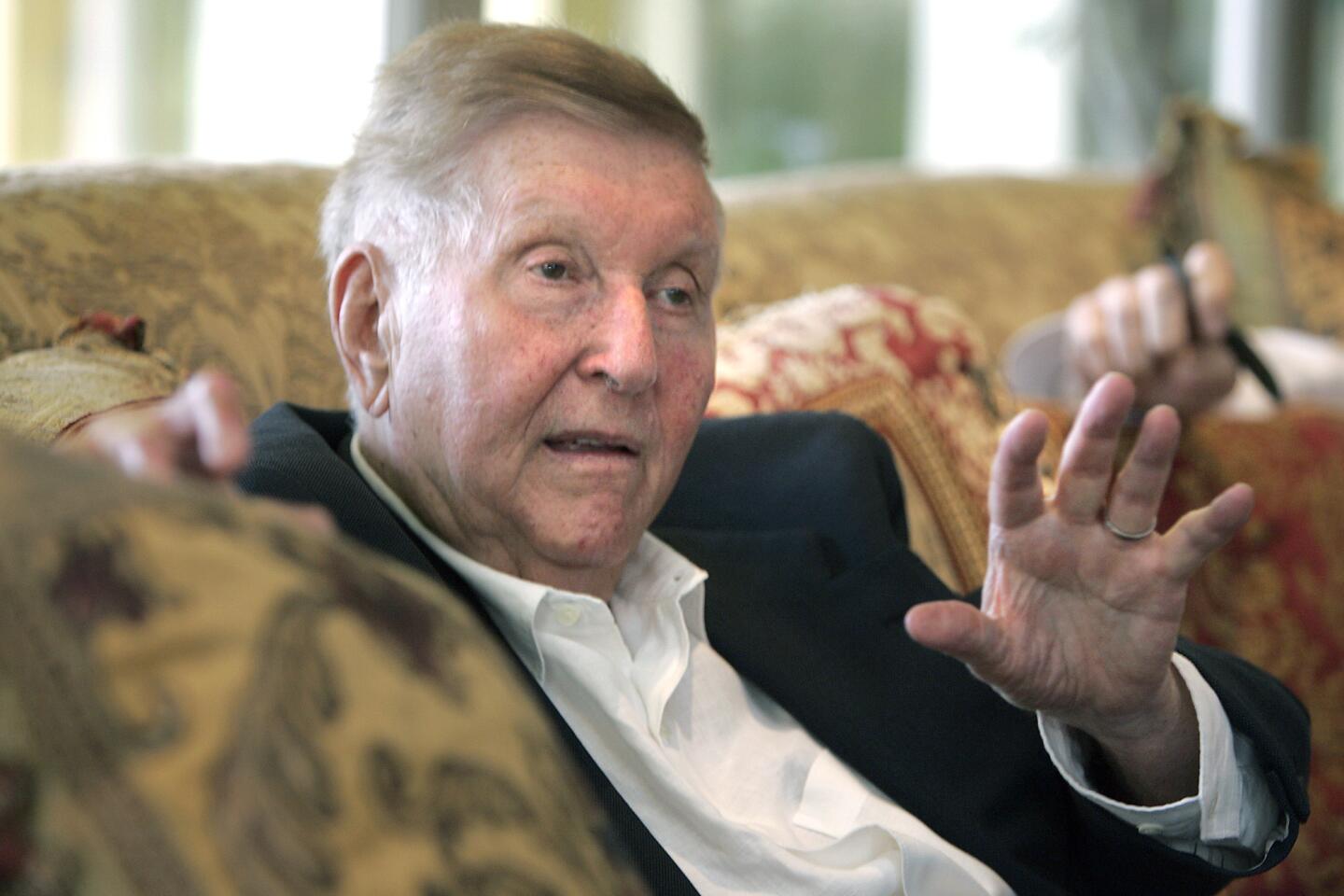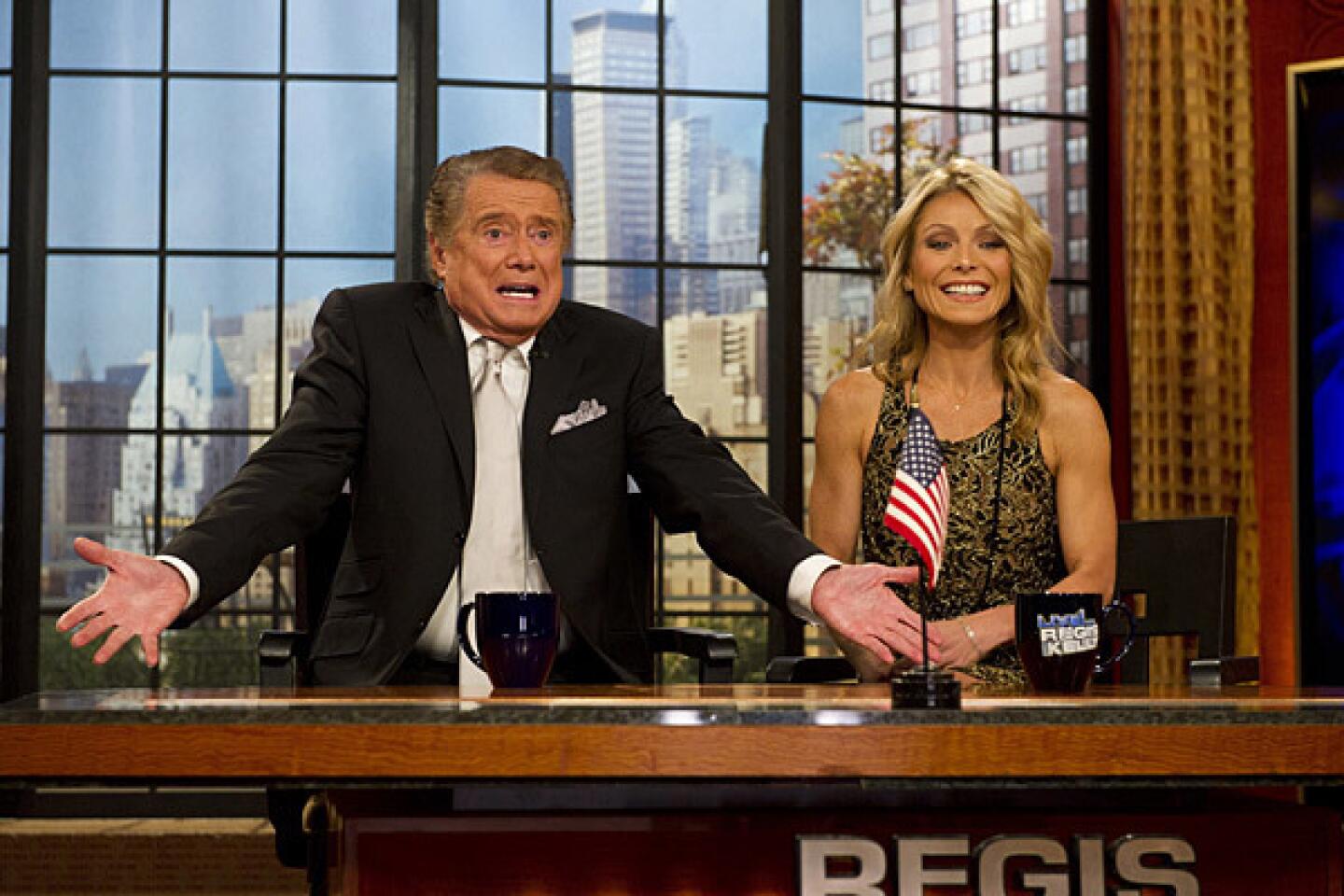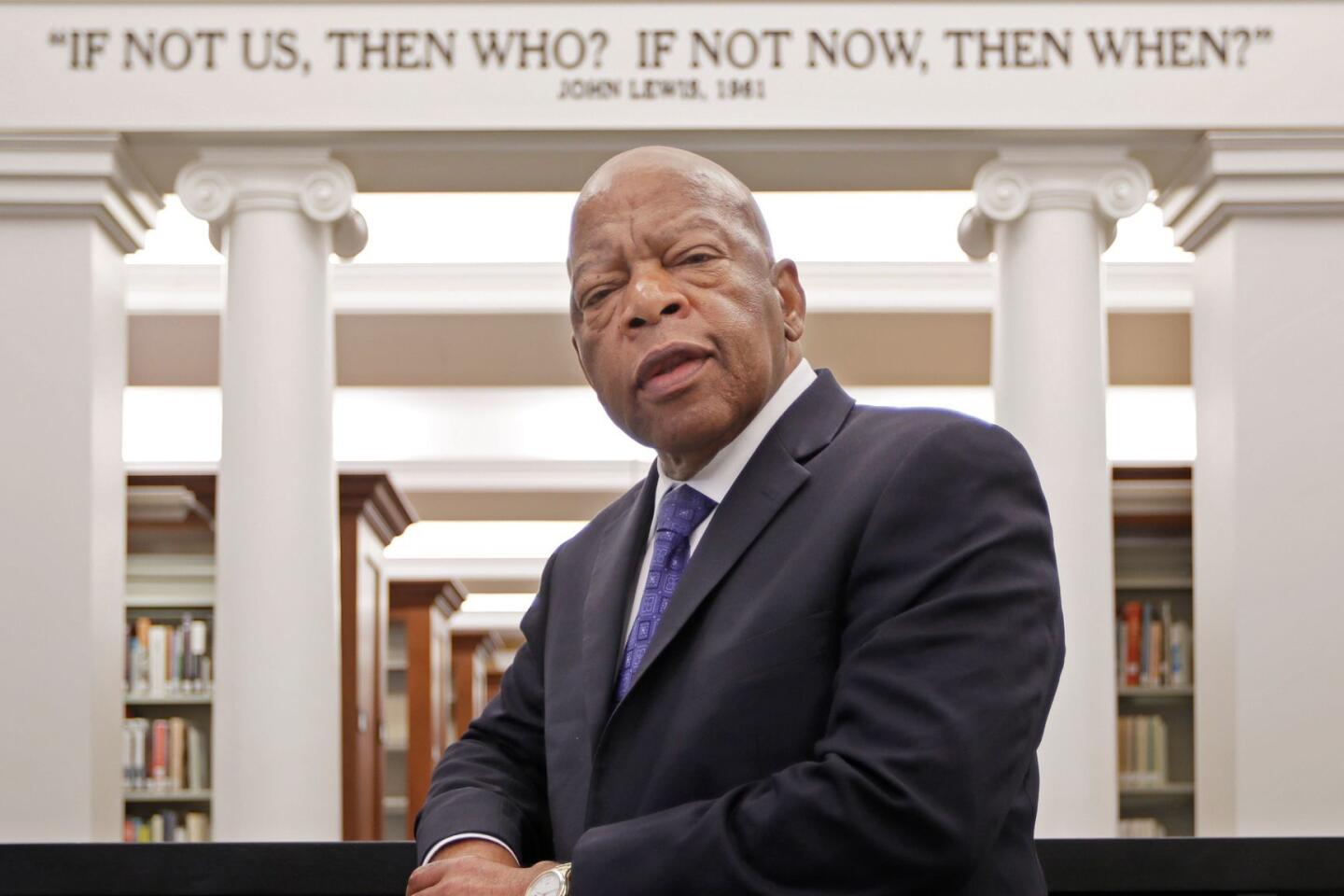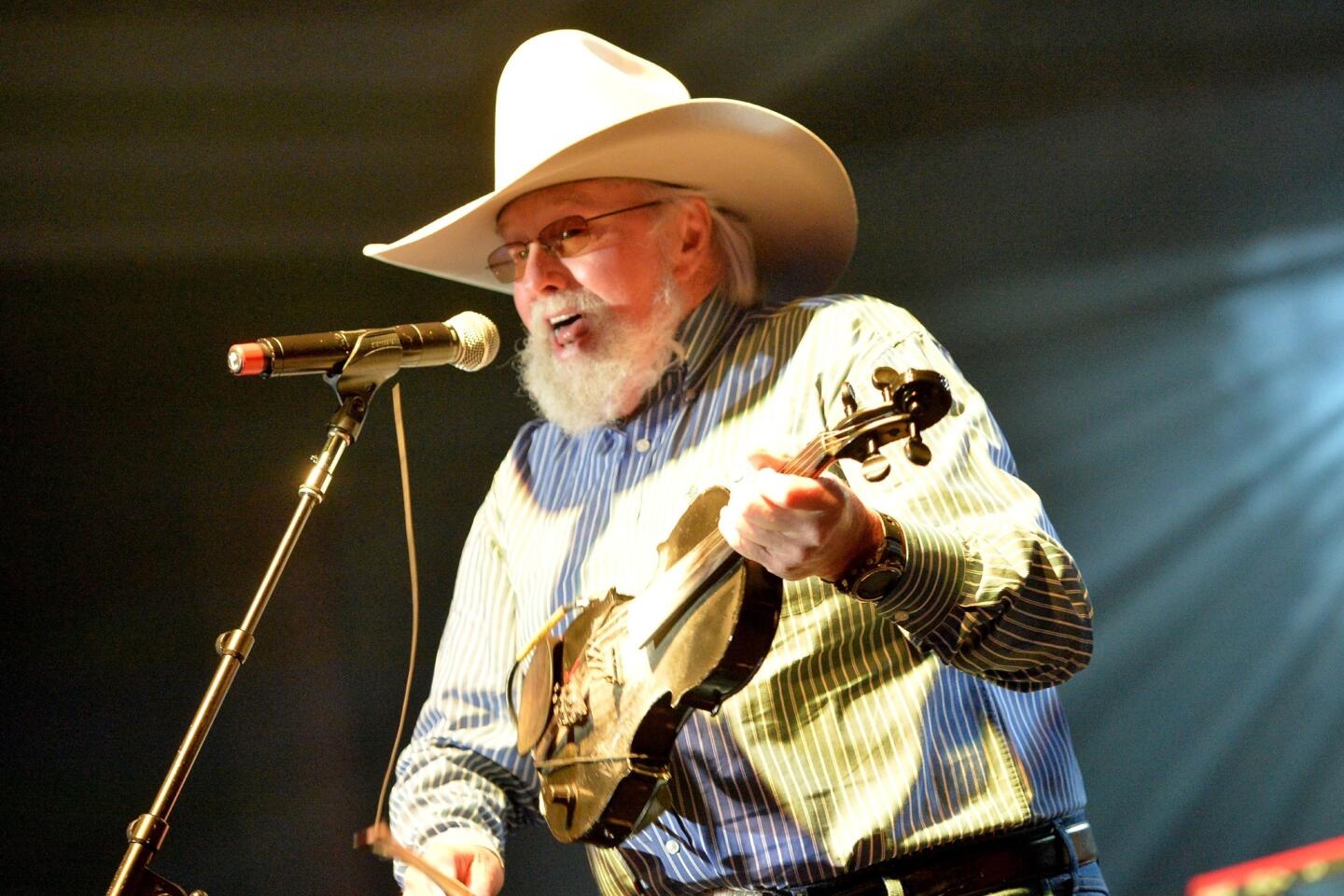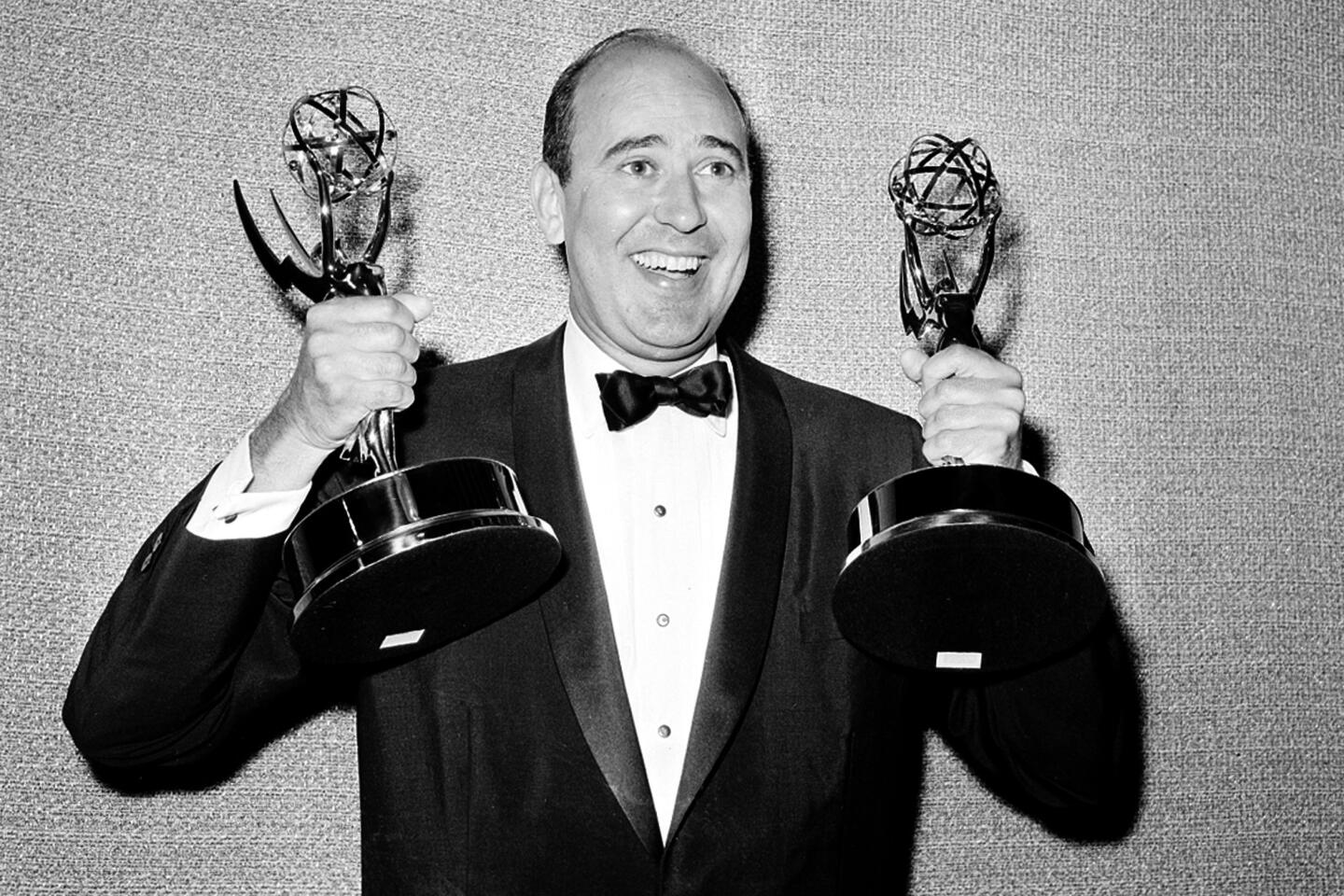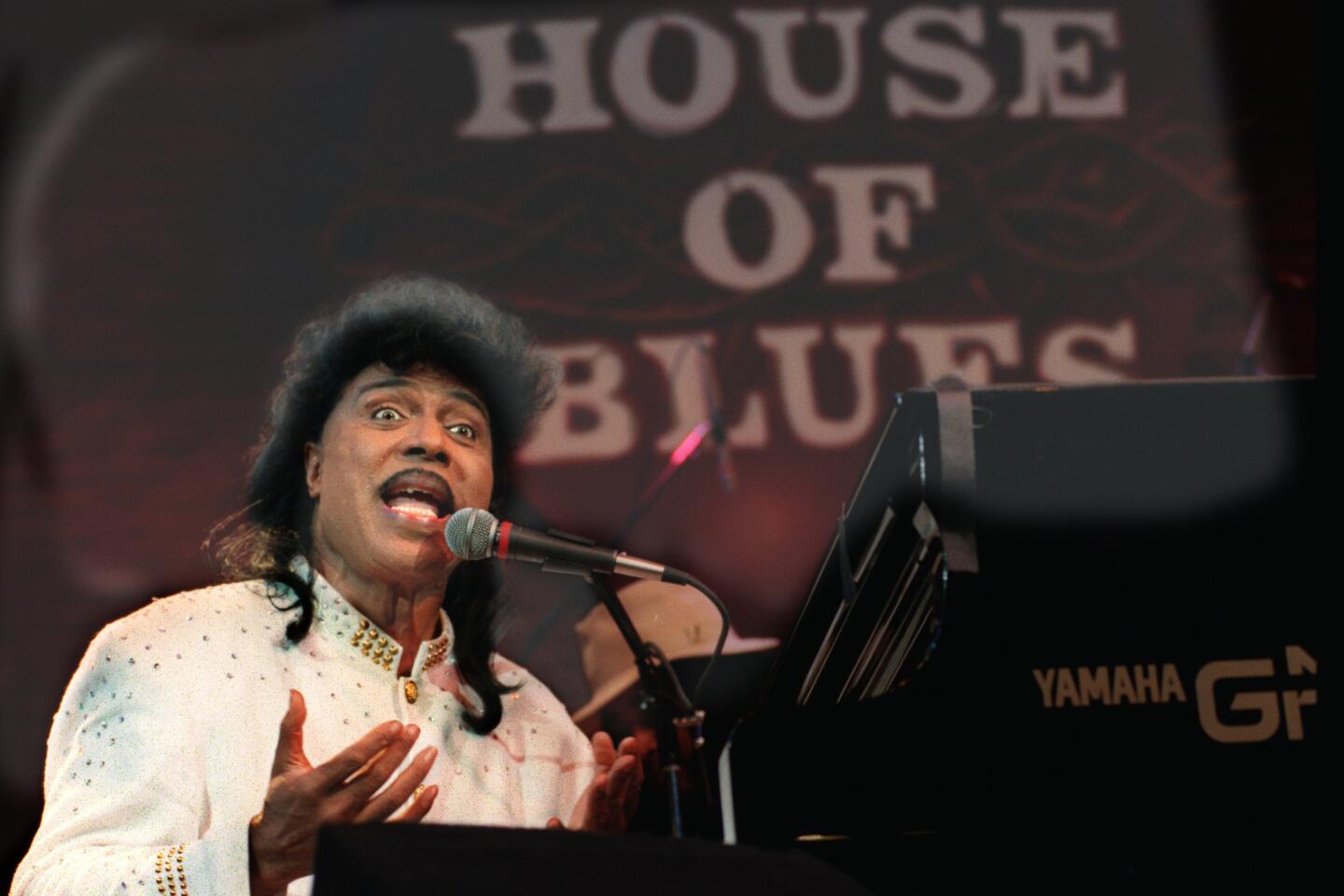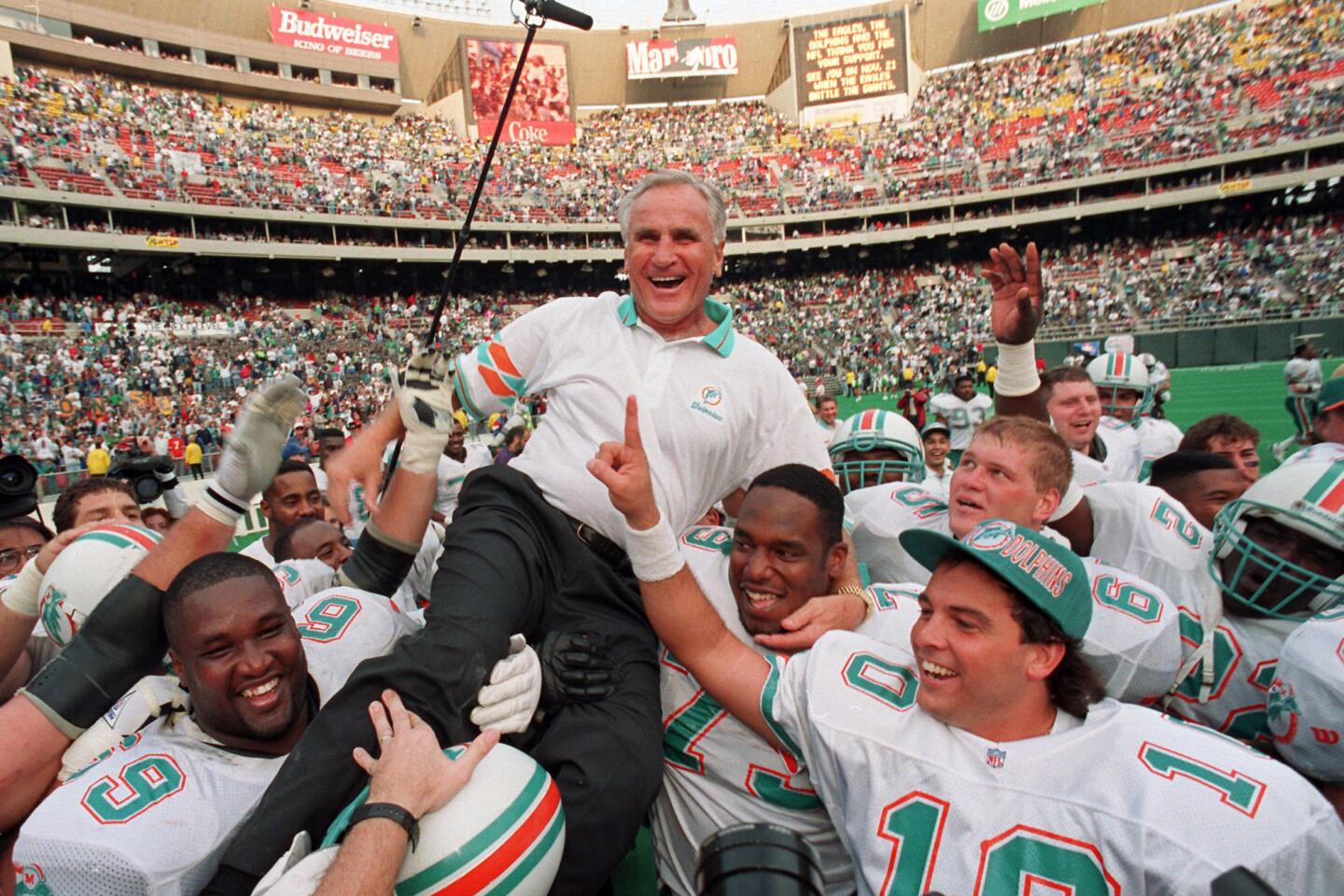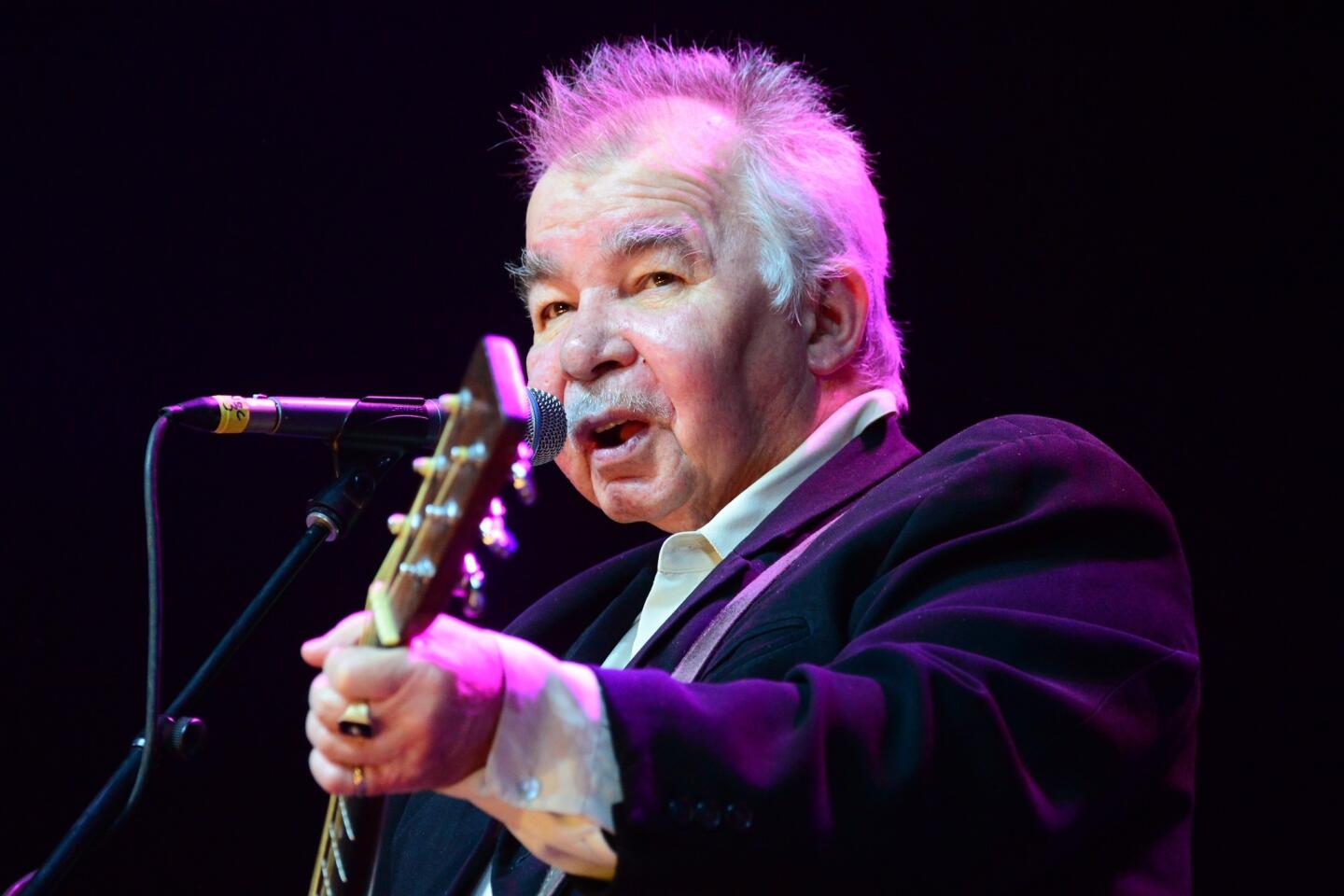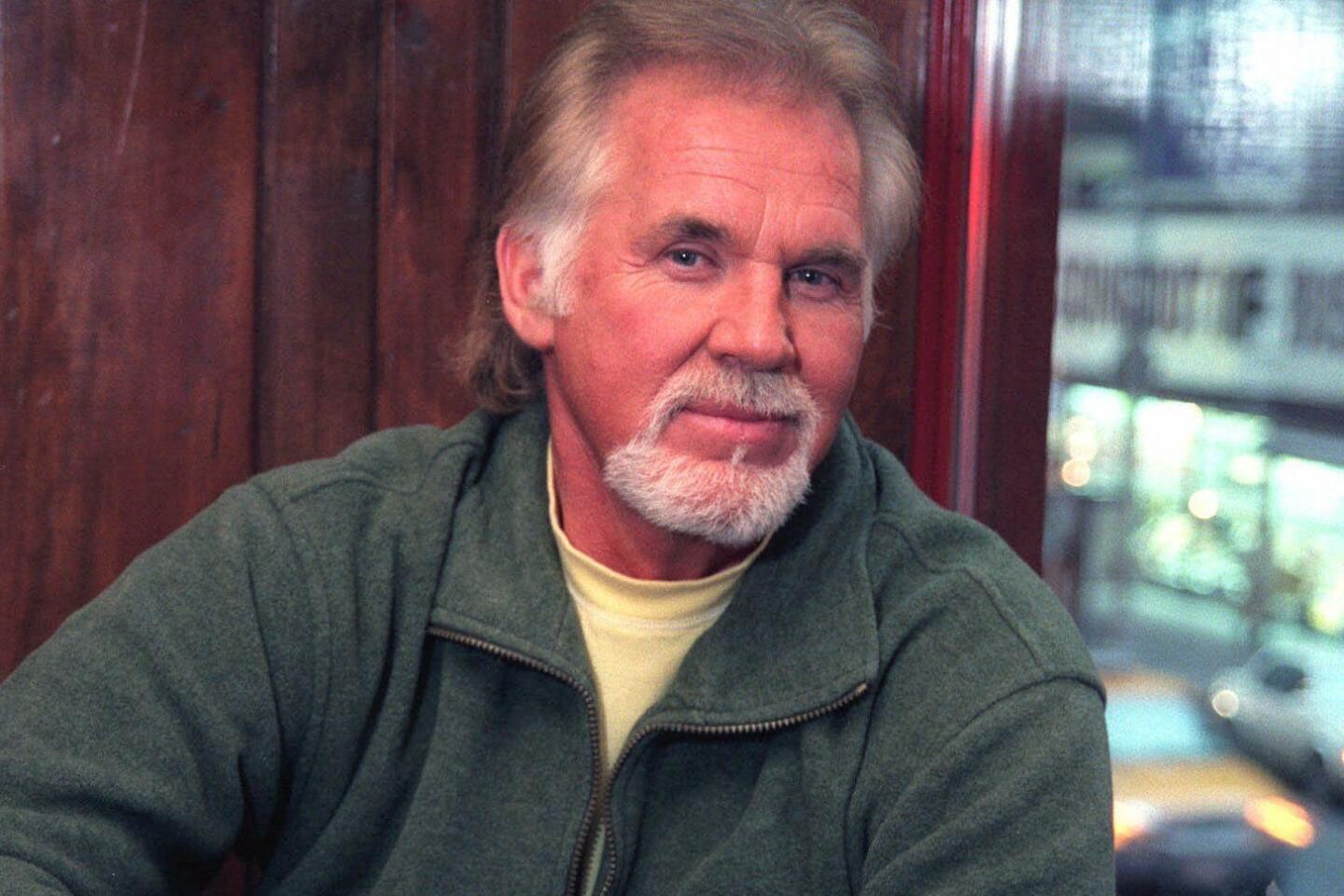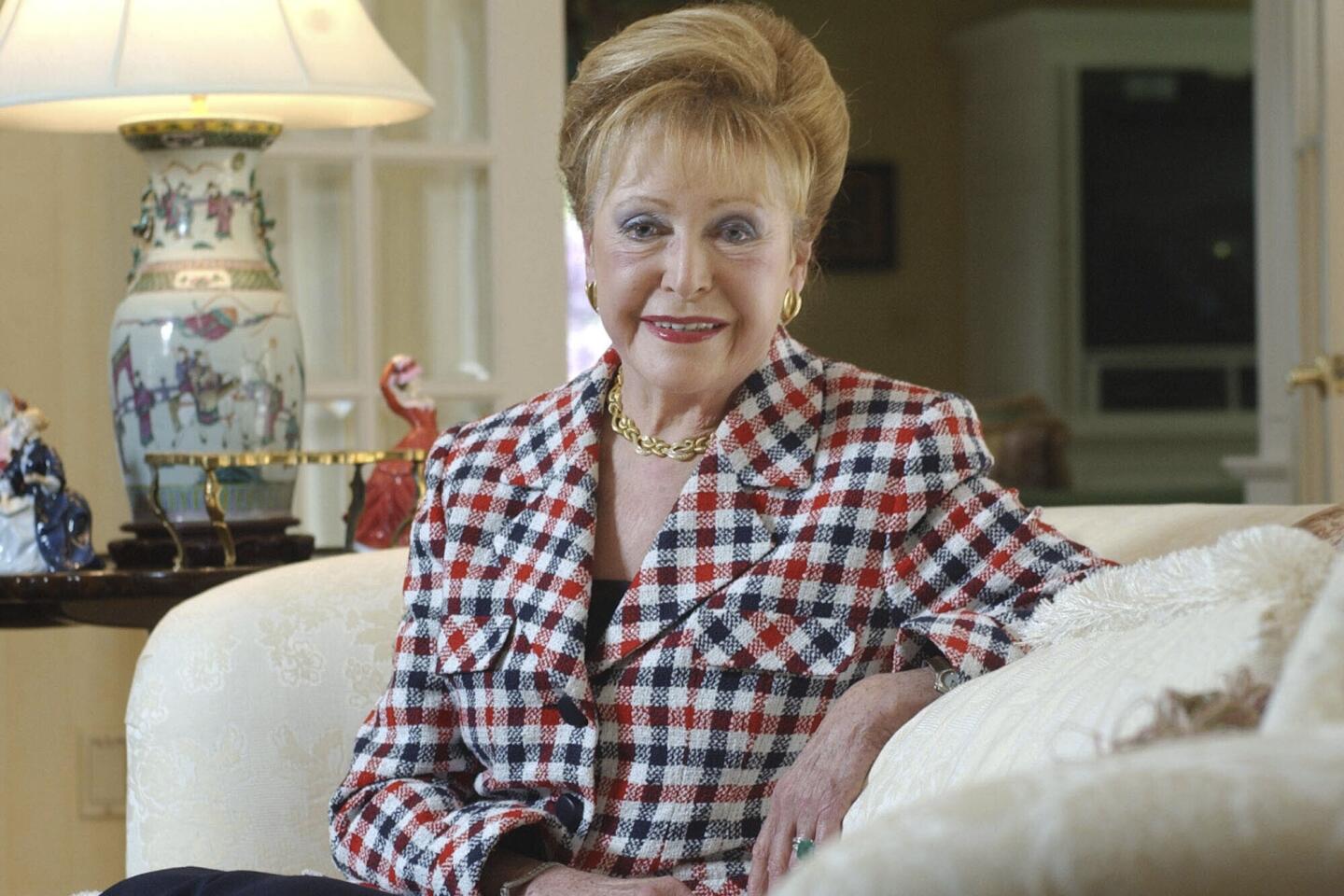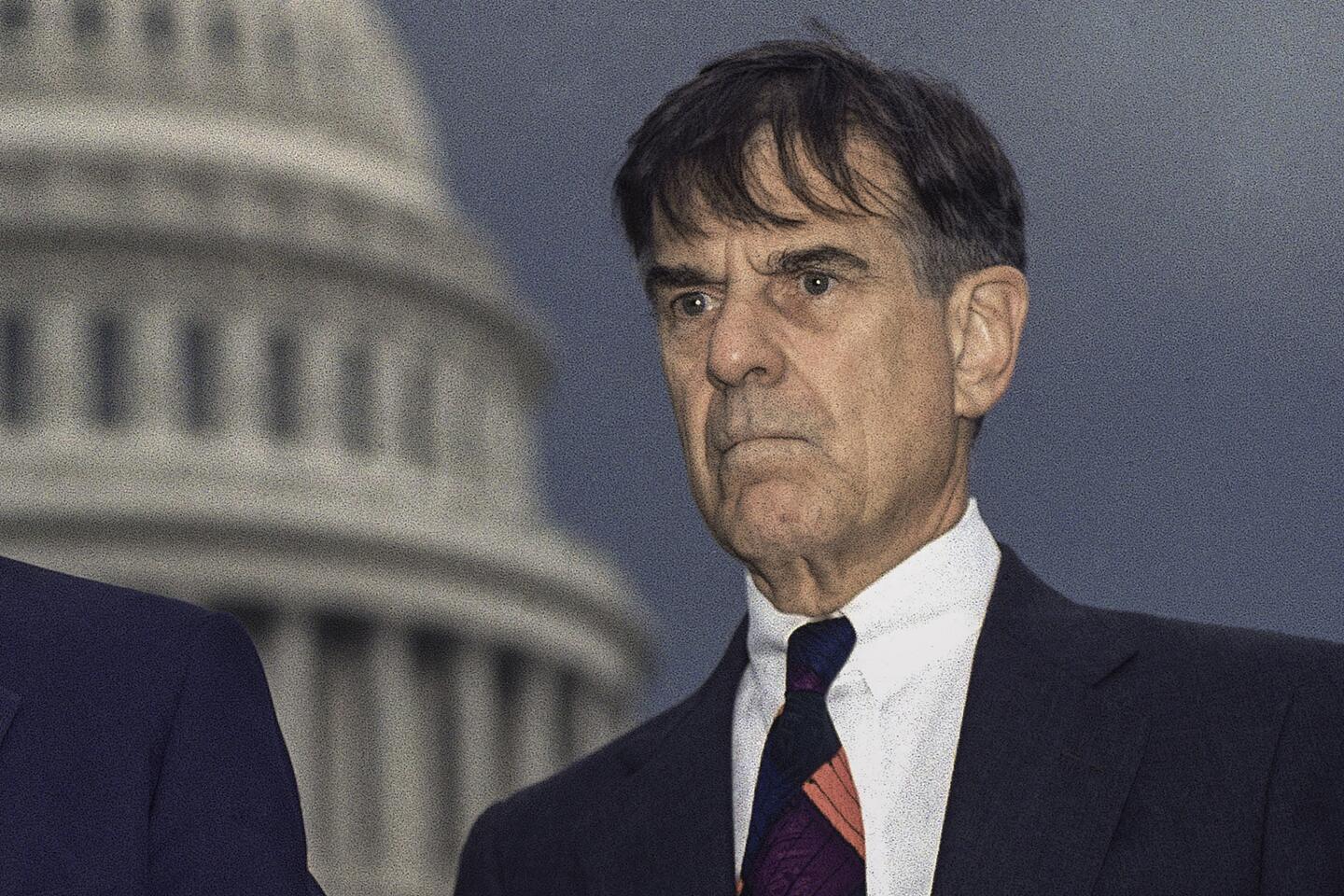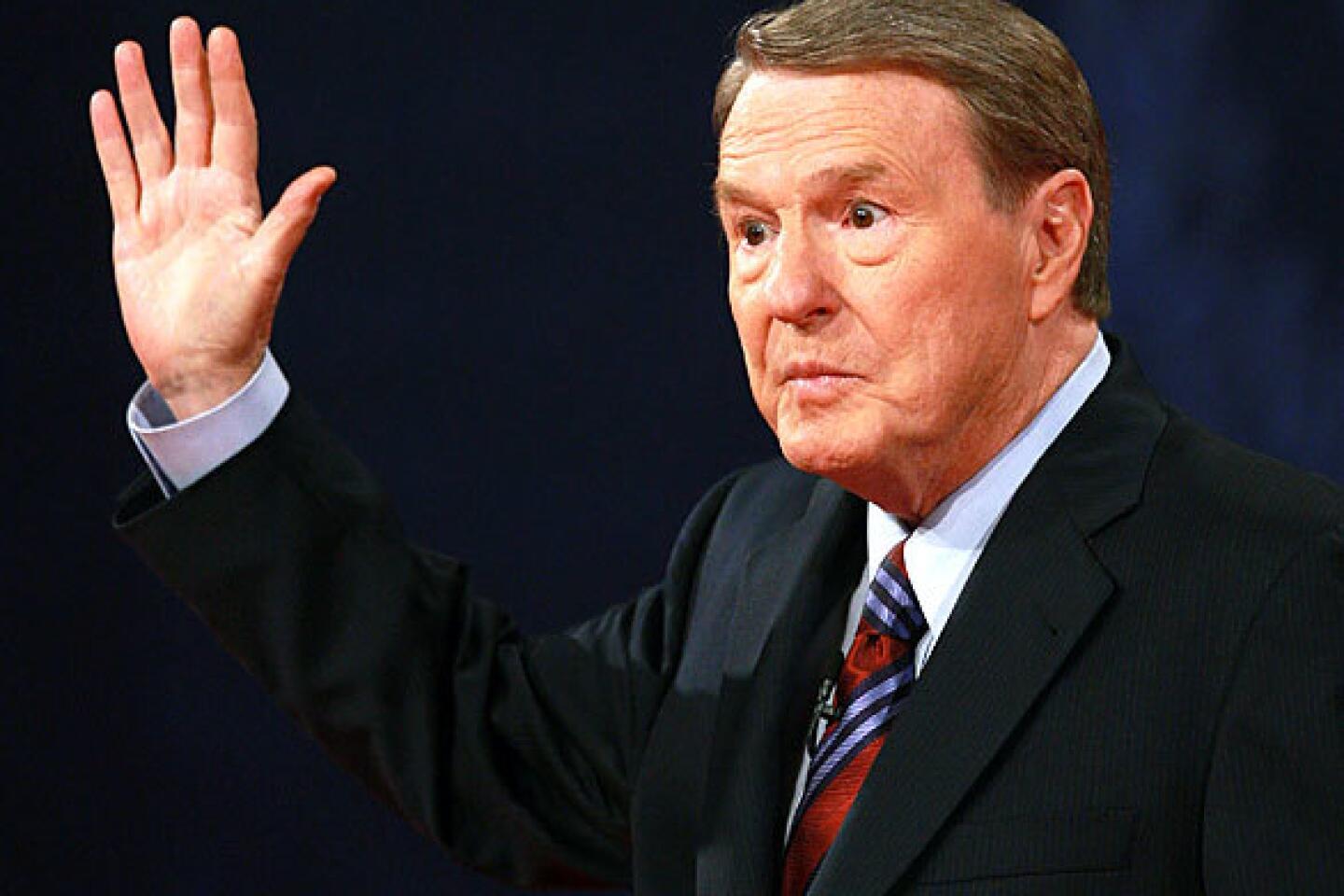NEW YORK — Hall of Famer Lou Brock, one of baseball’s signature leadoff hitters and base stealers who helped the St. Louis Cardinals win three pennants and two World Series titles in the 1960s, has died. He was 81.
Dick Zitzmann, Brock’s longtime agent and friend, confirmed Brock’s death Sunday, but he said he couldn’t provide any details. The Cardinals and Cubs also observed a moment of silence in the outfielder’s memory before their game at Wrigley Field.
Brock lost a leg from diabetes in recent years and was diagnosed with cancer in 2017.
“Lou Brock was one of the most revered members of the St. Louis Cardinals organization and one of the very best to ever wear the Birds on the Bat,” Cardinals chairman Bill DeWitt Jr. said in a news release.
“He will be deeply missed and forever remembered.”
The man later nicknamed the Running Redbird and the Base Burglar arrived in St. Louis in June 1964, swapped from the Cubs for pitcher Ernie Broglio in what became one of baseball’s most lopsided trades.
Brock stole 938 bases in his career, including 118 in 1974 — both of those were big league records until they were broken by Rickey Henderson.
“Lou was an outstanding representative of our national pastime and he will be deeply missed,” baseball Commissioner Rob Manfred said in a statement.
Brock’s death came after Hall of Fame pitcher Tom Seaver died Monday. Brock and Seaver faced each other 157 times, the most prolific matchup for both of them in their careers.
Along with starter Bob Gibson and center fielder Curt Flood, Brock was an anchor for St. Louis as its combination of speed, defense and pitching made it a top team in the ‘60s and a symbol of the National League’s more aggressive style compared to the American League.
“There are two things I will remember most about Lou,” former Cardinals teammate Ted Simmons said in a statement. “First was his vibrant smile. Whenever you were in a room with Lou, you couldn’t miss it — the biggest, brightest, most vibrant smile on earth. The other was that he was surely hurt numerous times, but never once in my life did I know he was playing hurt.”
The Cards were World Series champions in 1964 and 1967 and lost to the Detroit Tigers in seven games in 1968. Opposing teams were warned to keep Brock off base, especially in the low-scoring years of 1967-68 when a single run often could win a game. But the speedy left fielder with the popup slide was a consistent base-stealing champion and run producer.
A lifetime .293 hitter, he led the league in steals eight times, scored 100 or more runs seven times and amassed 3,023 hits.
Brock was even better in postseason play, batting .391 with four homers, 16 RBIs and 14 steals in 21 World Series games. He had a record-tying 13 hits in the 1968 World Series, and in Game 4 homered, tripled and doubled as the Cardinals trounced Detroit and 31-game winner Denny McLain 10-1.
Brock never played in another World Series after 1968, but remained a star for much of the last 11 years of his career.
He was so synonymous with base stealing that in 1978 he became the first major leaguer to have an award named for him while still active — the Lou Brock Award, for the National League’s leader in steals. For Brock, base stealing was an art form and a kind of warfare. He was among the first players to study films of opposing pitchers and, once on base, relied on skill and psychology.
In his 1976 memoir “Lou Brock: Stealing Is My Game,” he explained his success. Take a “modest lead” and “stand perfectly still.” The pitcher was obligated to move, if only “to deliver the pitch.” “Furthermore, he has two things on his mind: the batter and me,” Brock wrote. “I have only one thing in mind — to steal off him. The very business of disconcerting him is marvelously complex.”
Brock closed out his career in 1979 by batting .304, making his sixth All-Star Game appearance and winning the Comeback Player of the Year award. The team retired his uniform number, 20, and he was inducted into the Hall of Fame in 1985 in his first year of eligibility.
The soft-spoken Brock was determined no matter the score and sometimes angered opponents and teammates by stealing even when the Cards were far ahead. He also made two damaging mistakes that helped cost St. Louis the ‘68 World Series.
After his playing career was over, Brock worked as a florist and a commentator for ABC’s “Monday Night Baseball” and was a regular for the Cards at spring training. He served as a part-time instructor while remaining an autograph favorite for fans, some of them wearing Brock-a-brellas, a hat with an umbrella top that he designed.
Brock had been a nominal churchgoer since childhood, but his faith deepened after enduring personal struggles in the 1980s and he and his third wife, Jacky, became ordained ministers serving at Abundant Life Fellowship Church in St. Louis. He would speak of having “a “Holy Ghost-Filled Alarm Clock” whenever tempted to resume his previous ways.
“Your old lifestyle’s not going away; it’s going to be around you for a long time. But you’ll find it has no room to enter,” he once told the Christian Broadcasting Network.
Brock was married three times and had three children, among them Lou Brock Jr., a former NFL cornerback and safety.
1/25
Kobe Bryant, Ruth Bader Ginsburg, Sean Connery and more. (Los Angeles Times)
2/25
Rafer Johnson, winner of the 1960 Olympic decathlon gold medal, was a man whose legacy was interwoven with Los Angeles history, beginning with his performances as a world-class athlete at UCLA and punctuated by the night in 1968 when he helped disarm Robert F. Kennedy’s assassin at the Ambassador Hotel. Johnson lit the Olympic flame at the opening of the 1984 Summer Games in Los Angeles. He was 86.
(Mel Melcon / Los Angeles Times) 3/25
With his quick wit and easy smile,
Alex Trebek drove the game show “Jeopardy!” up the ratings charts and became a welcome television host in America’s living rooms. As the quiz show rolled through the decades, Trebek remained a comfortable fit — in a 2014 Reader’s Digest poll, Trebek ranked as the eighth-most trusted person in the United States, right behind Bill Gates and 51 spots above Oprah Winfrey. He was 80.
(Los Angeles Times) 4/25
Guitarist Eddie Van Halen’s speed and innovations along the fretboard inspired a generation of imitators as the band bearing his name rose to MTV stardom and multiplatinum sales over 10 consecutive albums. The streak made Van Halen one of the most successful bands in rock history, including two albums that reached diamond status (10 million copies sold): 1978’s debut “Van Halen” and 1984’s “1984.” He was 65.
(Wibbitz/Getty) 5/25
Justice Ruth Bader Ginsburg championed women’s rights — first as a trailblazing civil rights attorney who methodically chipped away at discriminatory practices, then as the second woman to serve on the Supreme Court, and finally as an unlikely pop culture icon. A feminist hero dubbed Notorious RBG, Ginsburg became the leading voice of the court’s liberal wing, best known for her stinging dissents on a bench that mostly skewed right since her 1993 appointment. She was 87.
(Kiichiro Sato / Associated Press) 6/25
Chadwick Boseman’s breakout role was playing Dodger Jackie Robinson in the 2013 sports biopic “42.” The next year, he made an electrifying lead turn as James Brown, the Godfather of Soul, in “Get on Up.” Then came the role that would change his career: As
Black Panther, the Marvel Cinematic Universe’s first Black superhero, Boseman became the face of Wakanda to millions of fans around the world and helped usher in a new and inclusive era of superhero blockbusters. He was 43.
(Jay L. Clendenin / Los Angeles Times) 7/25
Sumner Redstone outmaneuvered rivals to assemble one of America’s leading entertainment companies, now called ViacomCBS, which boasts CBS, Comedy Central, MTV, Nickelodeon, BET, Showtime, the Simon & Schuster book publisher and Paramount Pictures movie studio. Unlike contemporaries Rupert Murdoch and Ted Turner, Redstone was not a visionary, but rather a hard-charging lawyer and deal maker who pursued power and wealth through the accumulation of content companies. He was 97.
(Brian Vander Brug / Los Angeles Times) 8/25
Regis Philbin reigned for decades as the comfortable and sometimes cantankerous morning host of “Live,” first with Kathie Lee Gifford and later Kelly Ripa, above. He earned Emmy nominations by the armful, hosted New Year’s Eve specials, rode in parades, set a record for the most face-time hours on television and helped reinvigorate prime-time game shows with “Who Wants to Be a Millionaire.” He was 88.
(Charles Sykes / Associated Press) 9/25
Rep. John Lewis famously shed his blood at the foot of a Selma, Ala., bridge in a 1965 demonstration for Black voting rights, and went on to become a 17-term Democratic member of Congress. An inspirational figure for decades, Lewis was one of the last survivors among members of the Rev. Martin Luther King Jr.’s inner circle. He was 80.
(Mark Humphrey / Associated Press) 10/25
Country music firebrand and fiddler Charlie Daniels started out as a session musician, which included playing on Bob Dylan’s 1969 album “Nashville Skyline,” and beginning in the early 1970s toured endlessly with his own band, sometimes doing 250 shows a year. In 1979, Daniels had a crossover smash with “The Devil Went Down to Georgia,” which topped the country chart, hit No. 3 on the pop chart and was voted single of the year by the Country Music Assn. He was 83.
(Rick Diamond / Getty Images for IEBA) 11/25
Carl Reiner first came to national attention in the 1950s on Sid Caesar’s “Your Show of Shows,” where he wrote alongside Mel Brooks, Neil Simon and other comedy legends. He later created “The Dick Van Dyke Show,” one of TV’s most fondly remembered sitcoms, and directed hit films including “The Comic” (1969), starring Van Dyke; “Where’s Poppa?” (1970), starring George Segal and Ruth Gordon; “Oh, God!” starring George Burns and John Denver; and four films starring Steve Martin. He was 98.
(Associated Press ) 12/25
The flamboyant, piano-pounding Little Richard roared into the rock ‘n’ roll spotlight in the 1950s with hits such as “Tutti-Frutti,” “Long Tall Sally” and “Good Golly, Miss Molly.” The Georgia native’s raucous sound fused gospel
fervor and R&B sexuality, profoundly influencing the Beatles, James Brown (who succeeded him in one of his early bands), Jimi Hendrix (one of his backup musicians in the mid-’60s) and Bruce Springsteen. He was 87.
(Boris Yaro / Los Angeles Times) 13/25
Don Shula was the NFL’s winningest coach, leading the 1972 Miami Dolphins to the league’s only undefeated season. He coached the Baltimore Colts to one Super Bowl and the Dolphins to five, winning Lombardi Trophies after the 1972 and ’73 seasons. He was 90.
(ASSOCIATED PRESS) 14/25
Former Egyptian
President Hosni Mubarak crushed dissent for decades until the 2011 Arab Spring movement drove him from power. During his presidency, which spanned nearly 30 years, he protected Egypt’s stability as intifadas roiled Israel and the Palestinian territories, the U.S. led two wars against Iraq, Iran fomented militant Shiite Islam across the region and global terrorism complicated the divide between East and West. He was 91.
(Sameh Sherif / AFP/Getty Images) 15/25
Among his 40-odd films,
burly Brian Dennehy played a sheriff who jailed Rambo in “First Blood,” a serial killer in “To Catch a Killer” and a corrupt sheriff in “Silverado.” On Broadway, he was awarded Tonys for his roles in “Death of a Salesman” (1999) and “Long Day’s Journey Into Night” (2003). He was 81.
(Dia Dipasupil) 16/25
Singer-songwriter John Prine broke onto the folk scene in 1971 with a self-titled album that included two songs brought to broader audiences by Bette Midler and Bonnie Raitt: “Hello in There” and “Angel From Montgomery,” respectively. In 2019, he was elected to the Songwriters Hall of Fame. He was 73.
(Frazer Harrison / Getty Images for Stagecoach) 17/25
Country singer Kenny Rogers racked up an impressive string of hits — initially as a member of The First Edition starting in the late 1960s and later as a solo artist and duet partner with Dolly Parton — and earned three Grammy Awards, 19 nominations and a slew of accolades from country-music awards shows. Country purists balked at his syrupy ballads, but his fans packed arenas that only the titans of rock could fill. He was 81.
(Suzanne Mapes / Associated Press) 18/25
Xerox researcher Larry Tesler pioneered concepts that made computers more user-friendly, including moving text through cut, copy and paste. In 1980, he joined Apple, where he worked on the Lisa computer, the Newton personal digital assistant and the Macintosh. He was 74.
(AP) 19/25
Ski industry pioneer Dave McCoy transformed a remote Sierra peak into the storied Mammoth Mountain Ski Area. Over six decades, it grew from a downhill depot for friends to a profitable operation of 3,000 workers and 4,000 acres of ski trails and lifts, a mecca for generations of skiers and boarders. He was 104. (Genaro Molina / Los Angeles Times)
20/25
Screen icon
Kirk Douglas brought a clenched-jawed intensity to an array of heroes and heels, receiving Oscar nominations for his performances as an opportunistic movie mogul in the 1952 drama “The Bad and the Beautiful” and as Vincent van Gogh in the 1956 drama “Lust for Life.” As executive producer of “Spartacus,” Douglas helped end the Hollywood blacklist by giving writer Dalton Trumbo screen credit under his own name. He was 103.
(Annie Wells / Los Angeles Times) 21/25
“Queen of Suspense”
Mary Higgins Clark became a perennial best-seller, writing or co-writing “A Stranger Is Watching,” “Daddy’s Little Girl” and more than 50 other favorites. Her sales topped 100 million copies, and many of her books, including “A Stranger is Watching” and “Lucky Day,” were adapted for movies and television. She was 92.
(Associated Press) 22/25
Fred Silverman was the head of programming at CBS, where he championed a string of hits including “The Mary Tyler Moore Show,” “All in the Family,” “MASH” and “The Jeffersons.” Later at ABC, he programmed “Laverne & Shirley,” “The Love Boat,” “Happy Days” and the 12-hour epic saga “Roots.” He was 82.
(Associated Press) 23/25
Former California
Rep. Fortney “Pete” Stark Jr. represented the East Bay in Congress for 40 years. The influential Democrat helped craft the Affordable Care Act, the signature healthcare achievement of the Obama administration, and also created the 1986 law best known as COBRA, which allows workers to stay on their employer’s health insurance plan after they leave a job. He was 88.
(Associated Press) 24/25
News anchor
Jim Lehrer appeared 12 times as a presidential debate moderator and helped build “PBS NewsHour” into an authoritative voice of public broadcasting. The program, first called “The Robert MacNeil Report” and then “The MacNeil-Lehrer Report,” became the nation’s first one-hour TV news broadcast in 1983. Lehrer was 85.
(David McNew / Getty Images) 25/25
Terry Jones was a founding member of the Monty Python troupe who wrote and performed for their early ’70s TV series and films including “Monty Python and the Holy Grail” in 1975 and “Monty Python’s Life of Brian” in 1979. After the Pythons largely disbanded in the 1980s, Jones wrote books on medieval and ancient history, presented documentaries, wrote poetry and directed films. He was 77.
(Associated Press) The seventh of nine children, Lou Brock Sr. was born in El Dorado, Ark., and grew up in a four-bedroom shack in rural Collinston, La. His introduction to baseball came by accident. Brock had spat on a teacher and for punishment had to write a book report about baseball, presumably to teach him about life beyond Collinston.
A star athlete in high school, he was accepted into Southern University on a work-study scholarship, nearly failed, but remained with the college when a baseball tryout led to an athletic scholarship. Brock signed with the Cubs as an amateur free agent in 1960, made his major league debut late in the following season and was in the starting lineup by 1962.
After batting just .251 with Chicago at the time, he was traded in 1964. Brock hit .348 with 33 steals the rest of the way, helping St. Louis overtake Philadelphia and win the pennant. Meanwhile, Broglio was finished by 1966. He was an 18-game winner in 1963 but, as the Cubs would discover, had ongoing arm problems and never reached double-digit victories again.
“(Broadcaster) Brent Musburger was just out of college when the trade was made,” Brock told MiLB.com in 2010. “They sent him in to do the story. It was his first assignment. The content of the interview led to a headline in the paper, ‘Cubs pull off greatest steal since the Brink’s Robbery.’
“So every time I see Brent, that’s our connection. He wrote that, so every time I see him I say, “You still think that was the ‘greatest steal since the Brink’s Robbery?’”
